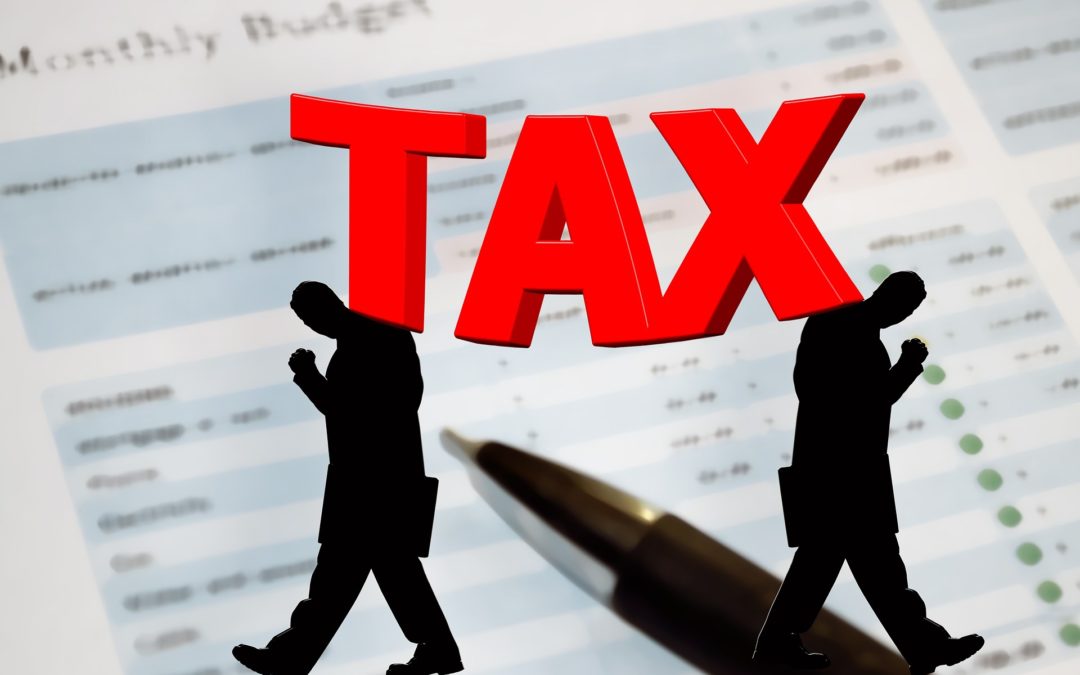The rates for national insurance contributions (NIC) increased by 1.25 percentage points for everyone on 6 April 2022. From 6 July, the NIC starting threshold will rise to £12,570 per year (£1,048 per month) for employees.
This means that some lower paid employees will have more Class 1 NIC deducted from their pay from April to June 2022 but may pay no NIC from July 2022 onwards.
Employers are not so fortunate as the threshold from which they pay Class 1 NIC on employees’ salaries remains at £9,100 per year (£758 per month) for most workers. Employees who are apprenticed or aged under 21 have a higher NIC threshold at £50,270 per year (£4,189 per month).
Directors of family companies who pay themselves quarterly can only benefit from the higher Class 1 NIC threshold from 6 July 2022. Directors who pay themselves annually must use a Class 1 NIC threshold of £11,908 for the whole of the tax year to 5 April 2023.
The employment allowance has also increased from £4,000 to £5,000 for 2022/23. This allowance provides relief against employer’s Class 1 NIC, but it can only be claimed where the employer had a total NIC liability of less than £100,000 in the previous tax year and the director is not the sole employee of the company.
If you need help with this or any other accountancy, tax and small business issues, get in touch for a no-obligation discussion – see our Contact Us page for how to reach us.
Keeping you compliant | Saving you tax | Helping you grow

